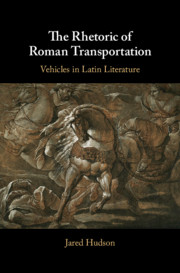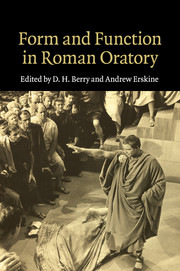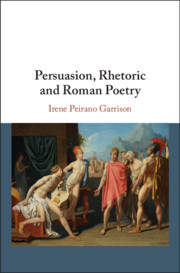The Rhetoric of Roman Transportation
Latin literature is crowded with portraits of Romans in transit, but despite this ubiquity scholars have been reluctant to read vehicles as significant conveyors of textual and cultural meaning. This book offers the first systematic analysis of the representation of Roman vehicles in Latin literary texts. By moving past approaches that count such vehicular portrayals as either transparent glimpses of reality or soaring poetic symbols, it demonstrates how these conveyances work as a system of representation to structure both the texts in which they appear and underlying cultural discourses surrounding power, gender, and empire. Arranged as a series of interlocking studies, each chapter explores the representation of a particular conveyance across author and text, from the humblest and most quotidian (plaustrum) to the most exalted and symbol-laden (currus).
- Offers the first systematic examination of the literary portrayal of Roman vehicles
- Analyzes recurring depictions of Roman transportation across a wide range of Latin texts
- Contributes to the Latin lexicography of Roman vehicles
Reviews & endorsements
… thorough, wide-ranging, thoroughly entertaining … From beginning to end, The Rhetoric of Roman Transportation is an eye-opening and enjoyable ride. The book is written with wit and an evident enthusiasm for the subject matter, and the prose is replete with cultural references.' James Uden, Bryn Mawr Classical Review
Product details
January 2021Hardback
9781108481762
348 pages
160 × 235 × 25 mm
0.66kg
Available
Table of Contents
- Preamble: setting out
- Introduction: en route
- 1. Making use: plaustrum
- 2. Power steering: currus
- 3. The other chariot: essedum
- 4. Conveying women: carpentum
- 5. Portable retreats: lectica
- Envoi: the end of the road
- Bibliography.






